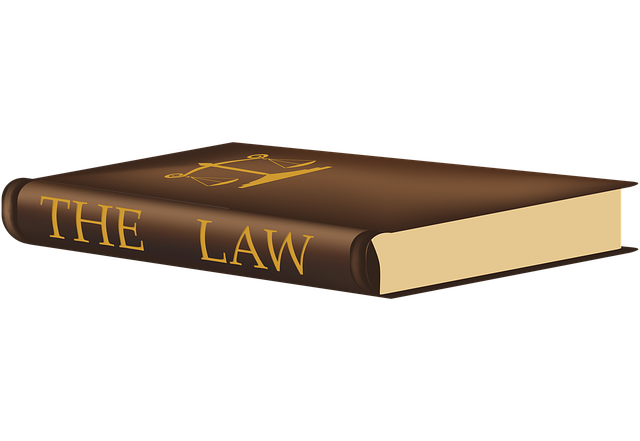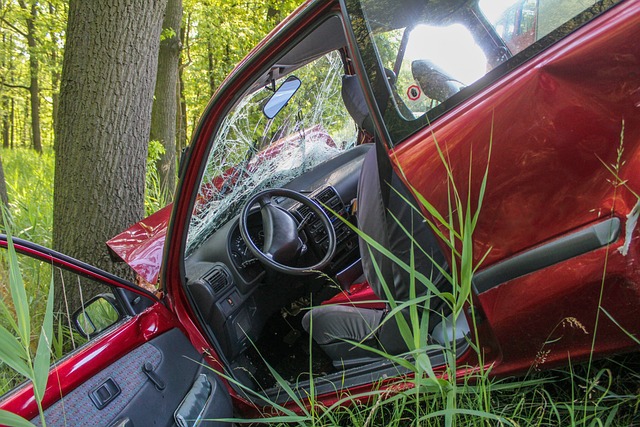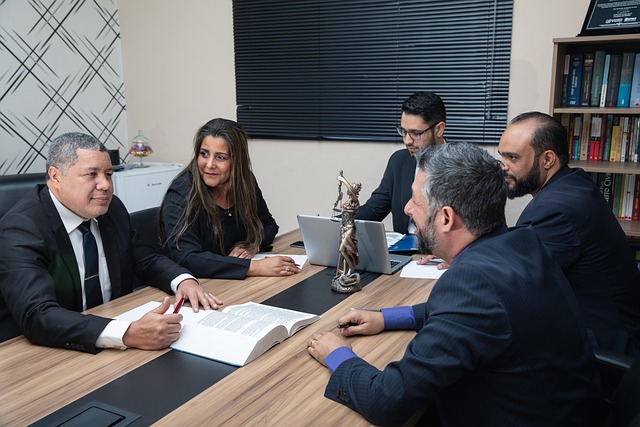Surveillance footage is a crucial asset for machinery accident lawyers, providing clear, tangible records of events that strengthen legal cases. By analyzing videos, attorneys can identify negligence and prove liability in incidents like construction site mishaps or truck collisions. Courts increasingly accept this visual proof due to advancements in technology, making it a powerful tool for securing justice for victims. Effective preprocessing and presentation techniques, such as enhancing video quality and using annotations, improve the persuasiveness of footage, empowering lawyers to advocate for their clients' rights.
Surveillance footage has emerged as a powerful tool for machinery accident lawyers, transforming the way legal battles are fought. This technology offers invaluable insights into industrial incidents, providing visual evidence crucial for proving liability and securing justice for victims.
This article delves into the significance of surveillance footage in the hands of machinery accident lawyers, exploring its legal admissibility and effective presentation strategies. Understanding this technology empowers legal professionals to navigate complex cases successfully.
- Understanding Surveillance Footage: A Tool for Machinery Accident Lawyers
- The Legal Admissibility of Surveillance Footage in Court Cases
- Effective Strategies for Presenting Surveillance Footage Evidence
Understanding Surveillance Footage: A Tool for Machinery Accident Lawyers

Surveillance footage has emerged as a powerful tool for machinery accident lawyers, offering a clear and tangible record of events that can significantly impact legal cases. In the realm of machinery-related accidents, whether it’s a construction site mishap or a truck collision, these videos provide invaluable insights into the sequence of events leading up to the incident. By analyzing footage, lawyers can identify negligence, safety protocol violations, or mechanical failures that contributed to the accident, thereby strengthening their cases.
For instance, in nursing home neglect cases where equipment malfunction is alleged, surveillance footage can capture the actual behavior of staff and the condition of the machinery, providing concrete evidence to support claims of negligence. Similarly, in truck accident attorney cases, dashcam videos or highway surveillance cameras can reveal crucial details about driver behavior, road conditions, and potential contributing factors to severe injuries sustained in truck accident injuries. This visual evidence not only aids in reconstructing accidents but also helps lawyers communicate complex legal arguments effectively to judges and juries.
The Legal Admissibility of Surveillance Footage in Court Cases
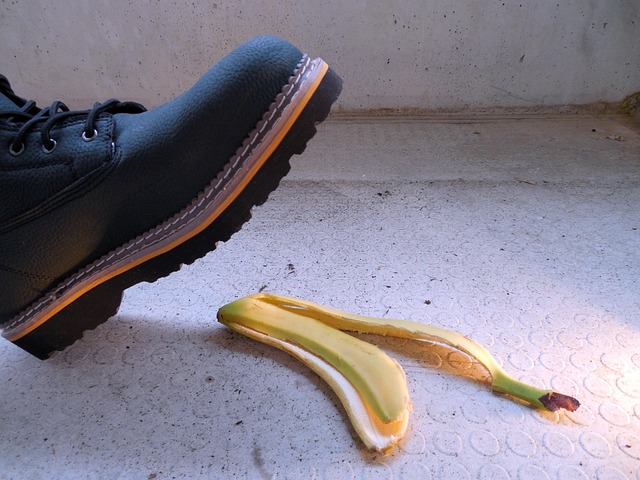
Surveillance footage has emerged as a powerful tool in the legal field, particularly for machinery accident lawyers dealing with complex cases. Its admissibility in court is a crucial aspect that has evolved over time. Traditionally, such evidence required strict adherence to rules regarding its authenticity and relevance. However, with advancements in technology and the increasing prevalence of surveillance cameras, courts have shown a willingness to accept this type of visual proof.
The legal framework surrounding surveillance footage acknowledges its potential as an objective record of events. In business litigation involving defective products or accidents, accident attorneys can leverage this evidence to present a compelling case. Courts recognize that surveillance footage provides a clear and unbiased view of circumstances, which can significantly aid in determining liability and ensuring justice for victims.
Effective Strategies for Presenting Surveillance Footage Evidence
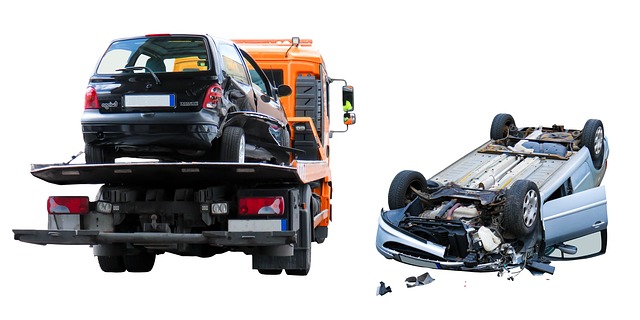
When presenting surveillance footage as evidence in court for a machinery accident case, it’s crucial to employ strategic tactics that ensure its impact. Firstly, lawyers should preprocess the video by enhancing visibility and clarity, removing any irrelevant or distracting elements, and ensuring proper audio synchronization. This meticulous approach not only makes the footage more compelling but also saves time for both the judge and the jury.
Effective presentation techniques include narrating the sequence of events, highlighting key moments with annotations or arrows, and comparing the video to other relevant evidence, such as expert testimony or defective product documentation. Additionally, using visual aids like still images captured from the footage can help illustrate specific aspects, making complex scenarios easier to comprehend for all parties involved. These strategies significantly enhance the persuasive power of surveillance footage, serving as a powerful tool for machinery accident lawyers to advocate for their clients’ rights and secure just compensation.
Surveillance footage has emerged as a powerful tool in the arsenal of machinery accident lawyers, providing crucial evidence that can significantly impact court cases. Its legal admissibility and effective presentation strategies make it a game-changer for holding responsible parties accountable. By understanding how to leverage this technology, machinery accident lawyers can navigate complex legal landscapes and secure justice for their clients, ensuring indelible outcomes in the world of industrial accidents.


